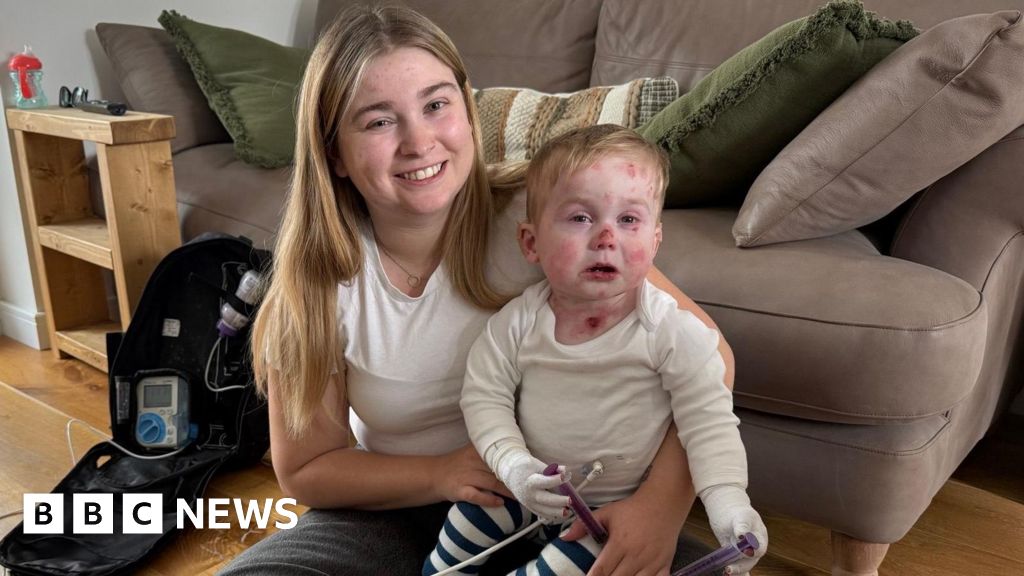New Research Illuminates Eating Habits of GLP-1 Users: The Ozempic Diet

This week, exciting research has emerged that could assist individuals in tailoring their own version of the Ozempic diet. A survey conducted by scientists at the Arkansas Agricultural Experiment Station reveals the food choices that people commonly avoid or reduce when they begin taking GLP-1 medications.
GLP-1 drugs, which include the well-known medications Ozempic and Wegovy, are designed to mimic the natural GLP-1 hormone in our bodies. This hormone plays a crucial role in regulating hunger and metabolism. The active ingredient in Ozempic, semaglutide, has gained popularity not only as a treatment for type 2 diabetes but also as a high-dose option for obesity management, helping individuals lose significant weight more effectively than traditional methods like diet and exercise alone. The drugs primarily achieve this by reducing appetite and cravings.
The study, spearheaded by researchers at the Arkansas Agricultural Experiment Station, surveyed approximately 2,000 participants from four distinct groups: individuals currently using GLP-1 for weight loss, those who have previously used it, potential future users, and individuals who have neither used nor plan to use these medications. This comprehensive approach aimed to shed light on the effects of GLP-1 medications on dietary behavior.
Participants were asked to assess their daily caloric intake over the prior week and express their cravings for specific food categories. Current and past GLP-1 users were specifically queried about any changes in their consumption of particular foods while on the medication.
The findings were quite revealing. Those undergoing GLP-1 therapy appeared to consume fewer calories overall compared to those who were not, and compared to their own caloric intake before initiating treatment. Researchers estimated that individuals on GLP-1 medications consumed between 720 to 990 fewer calories daily than they did prior to starting the therapy. Moreover, GLP-1 users reported a noticeable reduction in the intake of processed foods, sugar-sweetened beverages, refined grains, and beef. Interestingly, however, there was an increase in the consumption of fruits, leafy greens, and an uptick in water intake among these users.
In their published study, the researchers concluded, "This study provides evidence that GLP-1s support weight management through calorie reduction and influence food consumption patterns by diminishing intake of high-calorie and processed foods." This research was published in the journal Food Quality and Preference last month.
Despite this positive trend, the study also highlighted a fascinating paradox: individuals taking GLP-1 medications reported a persistent desire for the very foods they were consuming less of, such as high-calorie snacks and sugary drinks. The researchers speculate that GLP-1s may influence eating behaviors by enhancing taste sensitivity or altering the brain's pleasure response to food, though they emphasize that further investigations are necessary to clarify the specific physiological and metabolic pathways affected by GLP-1 usage.
The implications of these findings extend beyond those looking to manage their weight with GLP-1 therapy. They provide valuable insights for the junk food and snack food industries as well. A number of companies have already begun adapting to these changes, launching products with reduced sugar content to cater to the growing market of GLP-1 drug users.

























